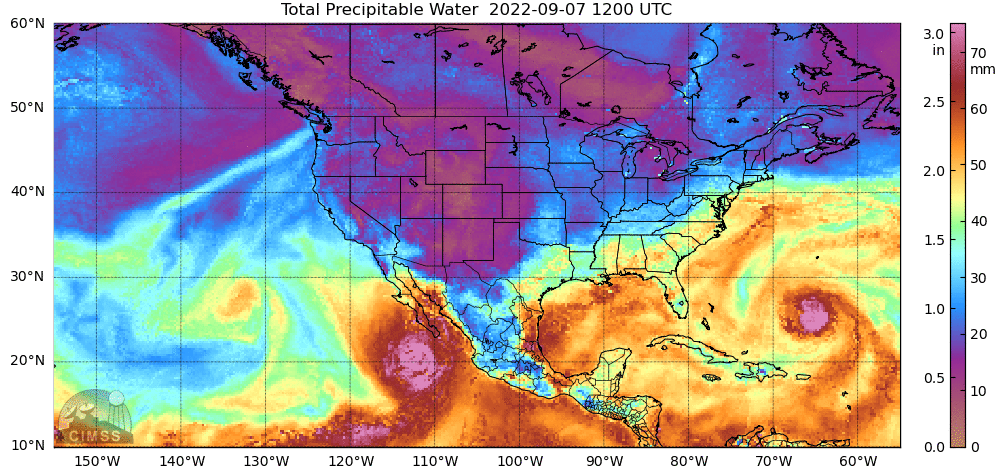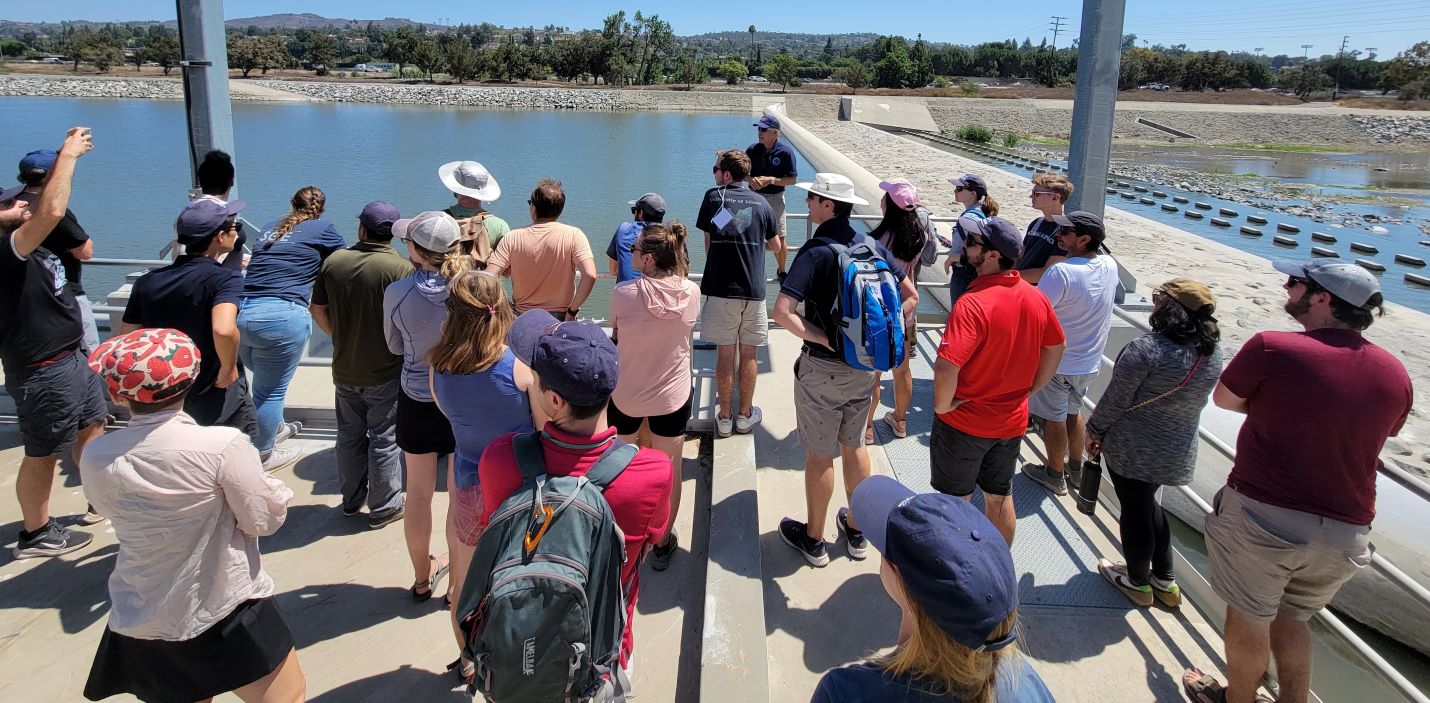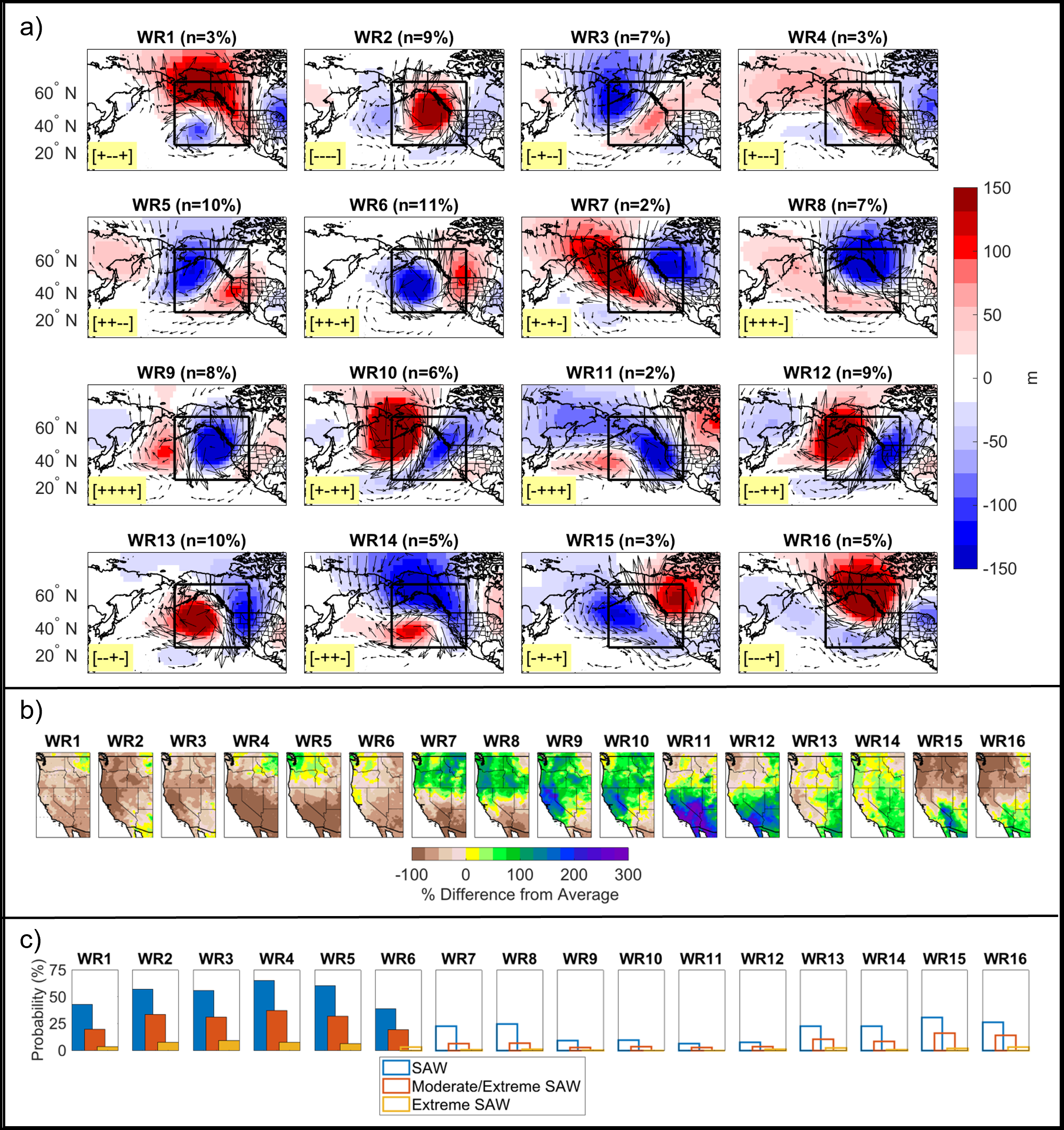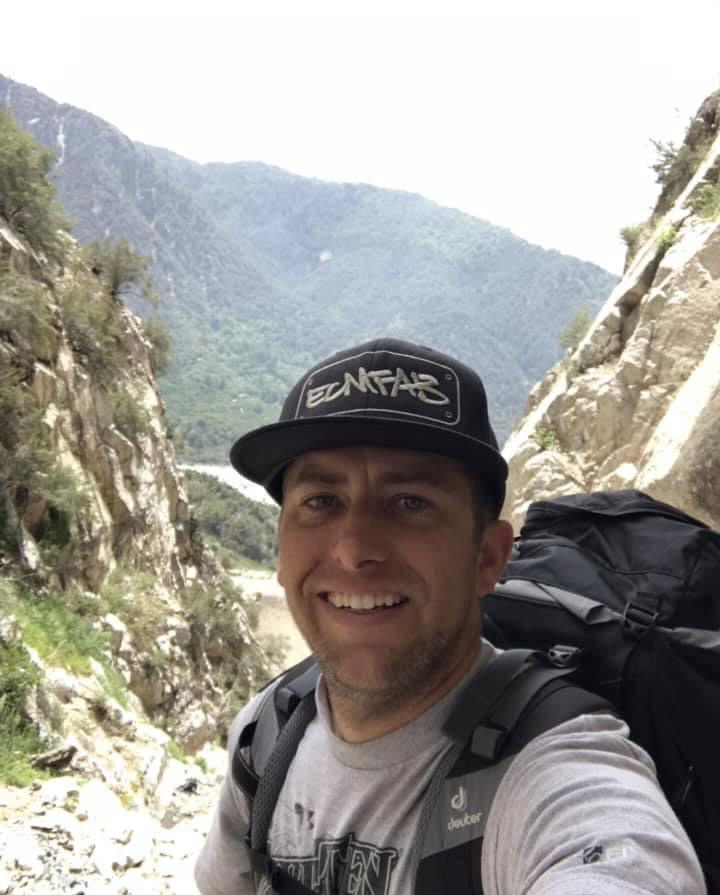CW3E Publication Notice
Winter Wet-Dry Weather Patterns Driving Atmospheric Rivers and Santa Ana Winds Provide Evidence for Increasing Wildfire Hazard in California
July 26, 2022
A new study finds that weather patterns are changing in a way that favors fire weather at the expense of precipitation in Southern California. The paper Winter wet–dry weather patterns driving atmospheric rivers and Santa Ana winds provide evidence for increasing wildfire hazard in California was recently published in Climate Dynamics by authors Kristen Guirguis (CW3E), Alexander Gershunov (CW3E), Benjamin Hatchett (Desert Research Institute), Tamara Shulgina (CW3E), Michael DeFlorio (CW3E), Aneesh Subramanian (University of Colorado Boulder), Janin Guzman-Morales (University of California, Santa Barbara), Rosanna Aguilera (Scripps Institution of Oceanography), Rachel Clemesha (Scripps Institution of Oceanography), Tom Corringham (CW3E), Luca Delle Monache (CW3E), David Reynolds (University of Colorado Boulder), Alex Tardy (National Weather Service), Ivory Small (National Weather Service), and Marty Ralph (CW3E). The work contributes to the goals of CW3E’s 2019-2024 Strategic Plan to support Subseasonal to Seasonal (S2S) Prediction of Extreme Weather and Monitoring and Projections of Climate Variability and Change.
This study investigated daily phase relationships between four key drivers of atmospheric variability over the North Pacific Ocean, known as the Baja-Pacific, Alaskan-Pacific, Canadian-Pacific, and Offshore-California modes. These modes are collectively called “North Pacific Modes”, or “NP4 Modes”, and they are important drivers of atmospheric river (AR) landfalls and precipitation in California on daily to seasonal timescales. In this current study, researchers found that daily interactions between the NP4 modes produce distinct weather patterns that reoccur throughout the historical record, and they used these daily positive/negative phase combinations to define sixteen distinct weather regimes (Figure 1). Through a detailed analysis applied to multiple observational datasets, these weather regimes were linked to AR landfalls, extreme precipitation, Santa Ana winds, heat waves, historic California floods, and Southern California wildfires. Researchers found that the types of weather patterns associated with large historic California wildfires (i.e., weather patterns driving hot, dry Santa Ana winds), are increasing in frequency while the types of weather patterns associated with precipitation over Southern California and the Desert Southwest are decreasing in frequency. Meanwhile, the types of weather patterns associated with the most damaging California floods (and the strongest ARs) are not diminishing. These results suggest an increasing probability of compounding environmental hazards during California winters. This study also provides a daily catalog of observed atmospheric weather patterns over 1949-2017 (available at https://doi.org/10.6075/J089161B).
The results of this study have applications for AR science, fire weather, and subseasonal-to-seasonal (S2S) predictability. CW3E researchers and collaborators are currently investigating relationships between the winter weather regimes and rain-on-snow events, mid-winter drought, and landslides. The weather regime methodology provides foundational research for an experimental S2S forecast product currently in development for predicting extreme weather in California including AR landfalls, Santa Ana winds, and heat waves.
This research was funded by the U.S. Department of the Interior via the Bureau of Reclamation, the California Department of Water Resources, and by the Regional Integrated Sciences and Assessments (RISA) California–Nevada Climate Applications Program, and the International Research Applications Program of the National Oceanic and Atmospheric Administration. Additional funding was provided by the University of California Office of the President MRPI grant. This study contributes to DOI’s Southwest Climate Adaptation Science Center activities and NOAA’s California and Nevada Applications Program.
Figure 1: (a) Composites of 500 mb geopotential height anomalies for the sixteen recurring winter weather patterns impacting West Coast. The sample size of each weather regime (n) is given in the title as a percentage of total days in the 1949-2017 record. The highlighted +/- in the lower left corner gives the phase of the NP4 modes in the following order: [Baja-Pacific, Alaskan-Pacific, Canadian-Pacific, Offshore-California], (b) temperature anomalies associated with each weather regime, (c) Santa Ana wind probability associated with each weather regime, where filled bars highlight probabilities above climatology.
Guirguis, K., A. Gershunov, B. Hatchett, T. Shulgina, M.J. DeFlorio, A.C. Subramanian, Janin Guzman-Morales, R. Aguilera, R. Clemesha, T.W. Corringham, L. Delle Monache, D. Reynolds, A. Tardy, I. Small, and F. M. Ralph (2022). Winter Wet-Dry Weather Patterns Driving Atmospheric Rivers and Santa Ana Winds Provide Evidence for Increasing Wildfire Hazard in California. Climate Dynamics (published online ahead of print 2022), https://doi.org/10.1007/s00382-022-06361-7.















